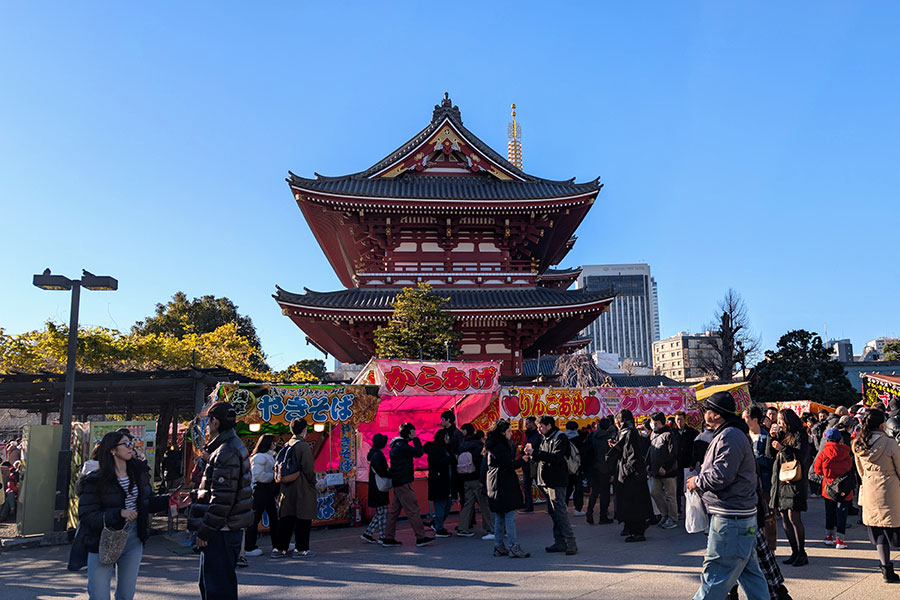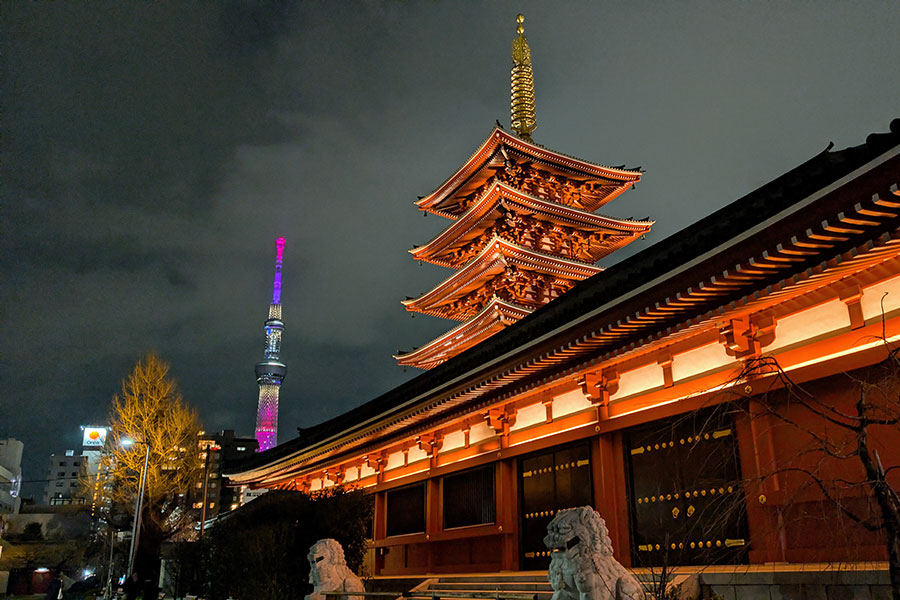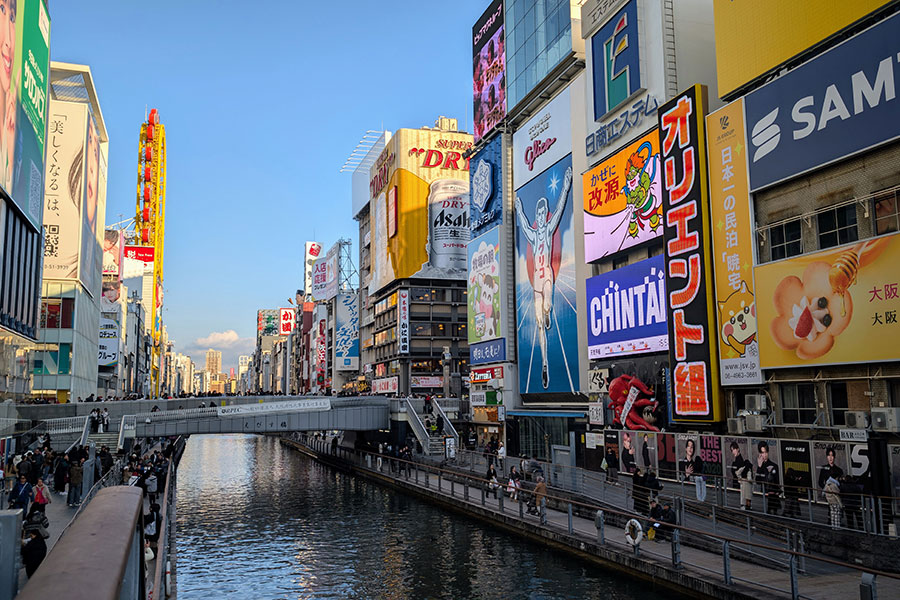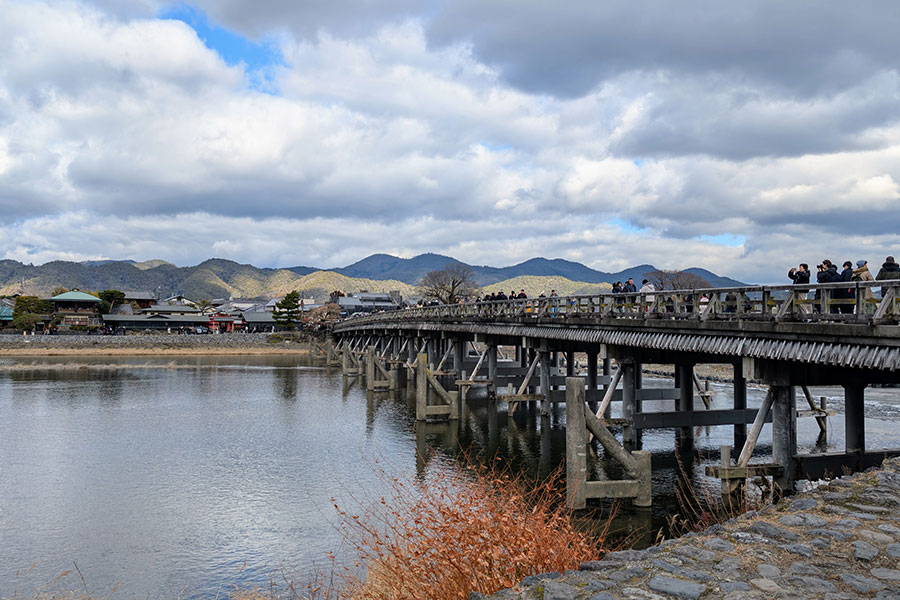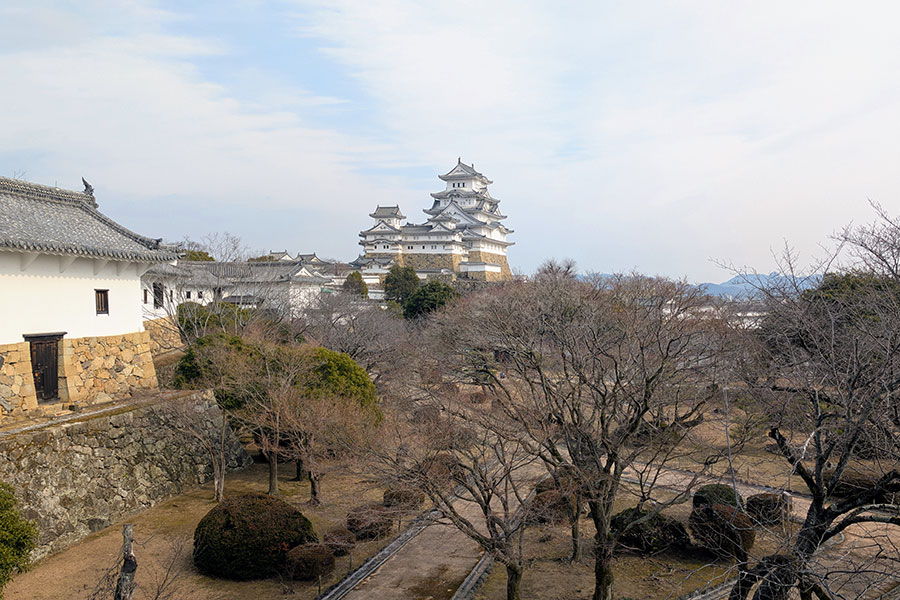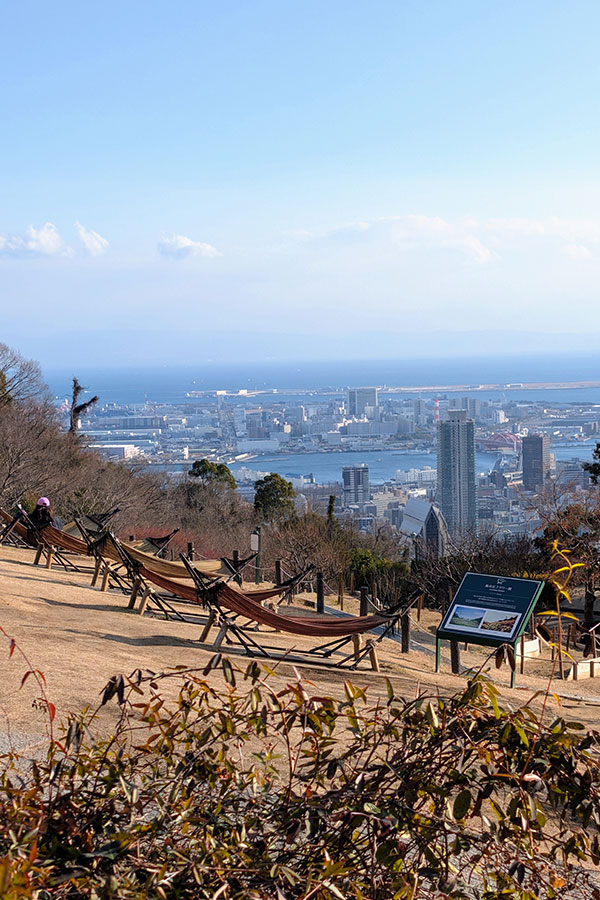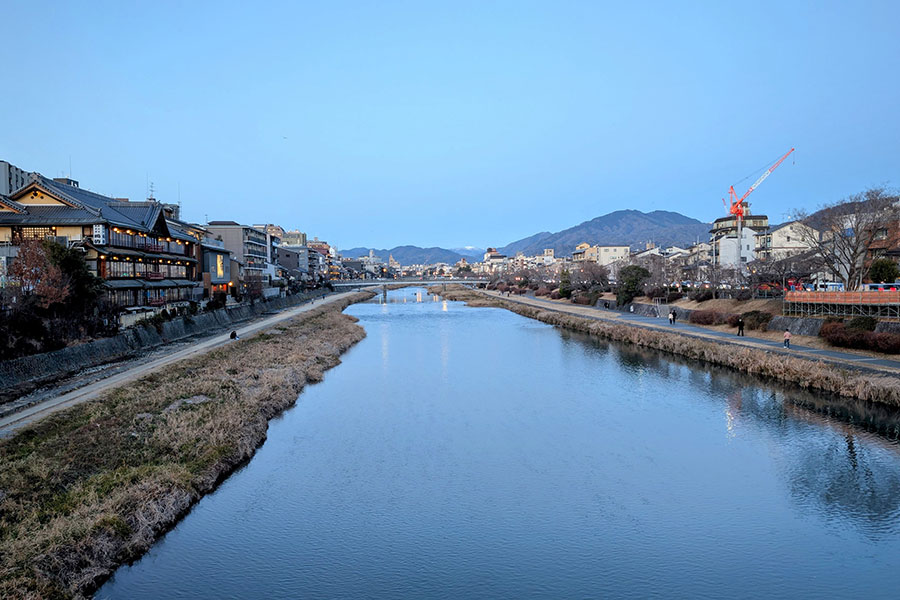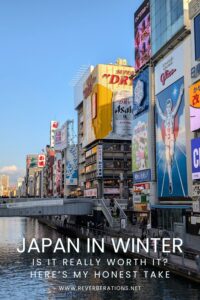Everyone warned me not to go to Japan in the winter: too cold, too gray, too quiet, they said. But the reality? Japan in winter was even better than I imagined. Yes, there were some cold and overcast days, but traveling in January meant experiencing lingering New Year’s traditions, witnessing the first early blooms, and enjoying noticeably lighter crowds. Hoping to avoid peak season and to attend the Grand Sumo Tournament in Tokyo, I booked a January 2025 trip.
With most travelers focused on summer or cherry blossom season, I struggled to find much winter-specific advice while planning. In this post, I’m sharing honest impressions of Tokyo, Kyoto, Osaka, and day trips to Himeji and Kobe and what to expect when visiting these cities in winter.
Tokyo in Winter
Tokyo is a vast metropolis. If you choose the right neighborhood, you can walk for blocks without seeing another tourist. Popular tourist attractions, however, remain busy. That said, the city’s size and the predictability of tourist hotspots make it easy to plan your visit and manage expectations. For example, Senso-ji was peaceful in the mornings and evenings, but very crowded during the afternoons. I was also able to buy tickets to Tokyo Skytree on a whim and walk right in. There were also special events like the Ueno Toshogu Winter Peony Festival. There are always exciting indoor activities afterhours. I enjoyed a comedy show in Shibuya.
During my trip, Tokyo’s weather ranged from windy and chilly to sunny and almost balmy. A winter jacket is essential, and gloves and a hat are useful, though not always necessary. My visit was dry with no rain or snow, although Tokyo received a rare snowfall just weeks later.
January also brings experiences unique to the season. I was surprised to find New Year’s decorations still up at businesses, with charms and fortunes available at shrines, and twinkling winter lights still illuminating some neighborhoods.
Tips: Feeling chilly? Dress in layers and grab a hot drink from a vending machine (milk tea is my go-to!). The famous Japanese bidet washlets also offer another benefit: many have heated seats!
Osaka in Winter
Osaka’s lively energy isn’t dimmed by a little cold weather. Winter crowds felt manageable overall, although the Shin-Osaka Station area was a bit hectic.
Even in January, Dotonbori draws crowds, especially in the evenings, as people seek out restaurants and bars. But Osaka’s famous street food is even more comforting in chilly weather. Piping-hot takoyaki (fried octopus balls) by the river and freshly grilled taiyaki (waffle-like sweets with various fillings) are hard to beat.
Tips: Consider warming up indoors at the Nakanoshima Museum of Art. Afterwards, explore Dotonbori and pop into shops and arcades between snacks at the countless food stands. Don’t miss the Ebisu Tower Ferris Wheel in the Don Quijote store for a quickie city view.
Kyoto in Winter
Where Tokyo sprawls, Kyoto feels more compact. But it’s also one of the most popular cities in Japan, and tourism can strain its infrastructure. Many attractions like Fushimi Inari and Arashiyama are crowded year-round.
Still, there are peaceful moments to be found if you seek out lesser-known paths. You’ll often discover a different side of the city (and fewer people) when you do. Kyoto rewards early risers. Start your day with a bowl of matcha and a wagashi sweet at Ippodo’s flagship store or enjoy sunrise and birdwatching along the Kamo River.
One of our favorite stops in the city was the Kyoto Imperial Palace. It was a fantastic free activity, and you can read all about it in my complete guide to visiting the Kyoto Imperial Palace (Kyoto Gosho).
Tips: Kyoto Station is packed with casual restaurants serving everything from tonkatsu (fried pork cutlets) to fresh seafood. Sit beside locals and enjoy the experience. Don’t forget to browse for souvenirs: hozui (Kyoto marshmallows) and matcha from nearby Uji make great gifts.
Himeji in Winter
Himeji Castle is a stunning sight during cherry blossom season, but it’s also striking in winter. Japan’s most famous and best-preserved castle looks even more dramatic among bare branches and evergreen pines. Visiting during winter, especially outside of local holidays, offers a quieter, more contemplative experience. Inside the castle, you can see for miles across the city.
The shopping street near the train station is a little quieter in winter, but still worth visiting for snacks and souvenirs.
Tips: Even in winter, it’s best to visit Himeji Castle early to enjoy softer light and smaller crowds. After exploring the castle, stop by Koko-en Garden next door, then enjoy a set meal at the on-site restaurant overlooking a garden with a koi-filled pond.
Kobe in Winter
Kobe is known for its famous beef, but it also boasts several underrated gems. Highlights of a day trip to Kobe include the excellent Takenaka Carpentry Tools Museum, a cable car ride up Mount Rocco to a European-inspired viewpoint, and an easy and peaceful hike to the scenic Nunobiki Waterfalls.
Despite its many attractions, Kobe felt like the least touristy of the cities I visited. It felt urban, local, and authentic, but still welcoming and easy to navigate.
Tips: Layer up for outdoor activities. If you don’t have time for a Kobe beef restaurant, grab a Kobe beef bento box from the train station. It’s an affordable treat.
Is Japan in Winter the Right Time to Visit These Cities?
I left snowy NYC behind in search of a new adventure and found sunshine and mild weather waiting in Japan. There’s something magical about visiting the Kansai and Kanto regions in winter.
There are trade offs: daylight hours are shorter, the weather can be brisk, and you might miss the lush greenery of other season. But crowds are lighter, the air is crisp and dry, and you’ll experience Japan in a quieter, more relaxed way.
Japan in winter is ideal for open-minded, curious travelers: the kind who don’t need cherry blossoms in every photo and are just fine with a picnic in the park at 45°F.
Save this post for later with Pinterest!
All photos and opinions are my own. This post contains affiliate links.
